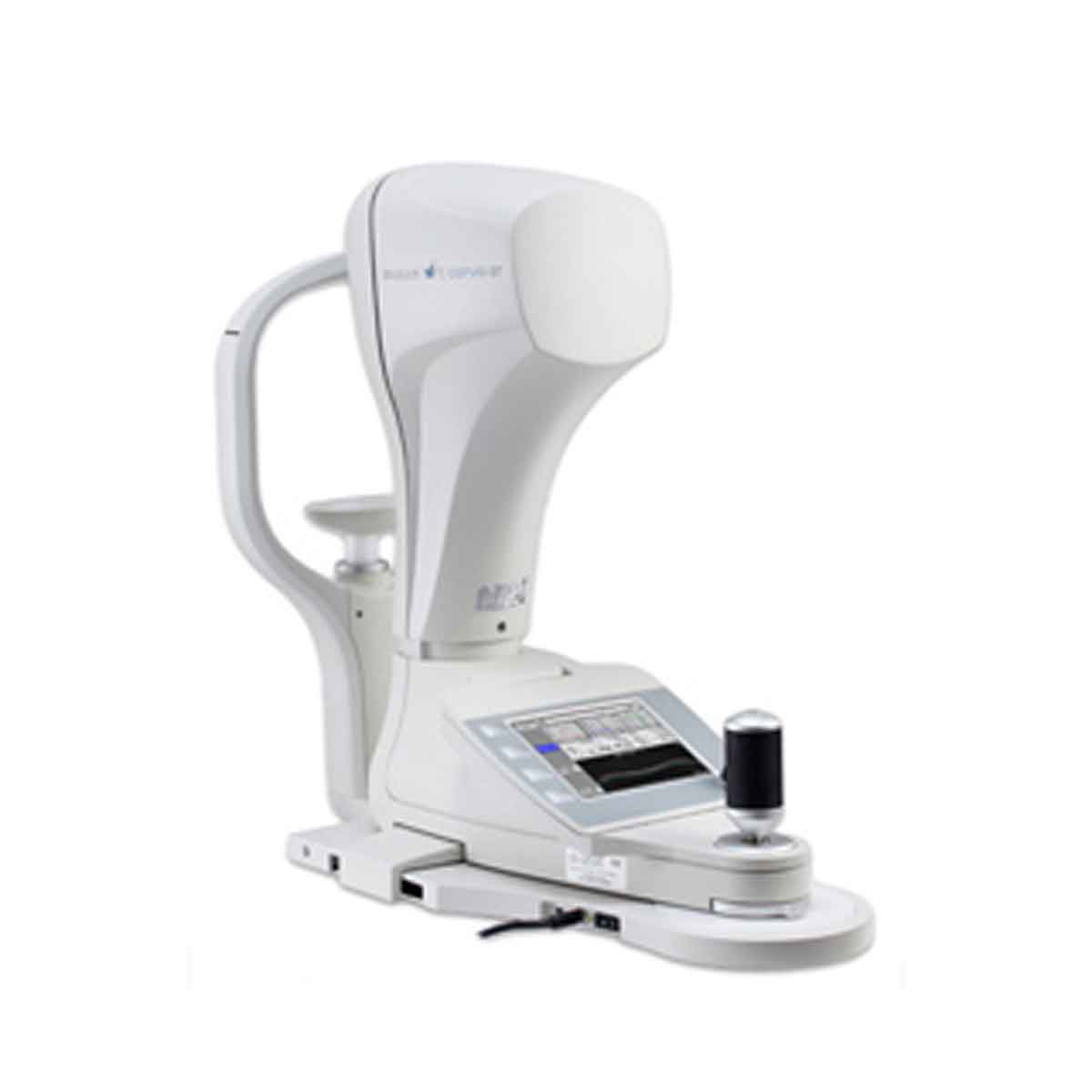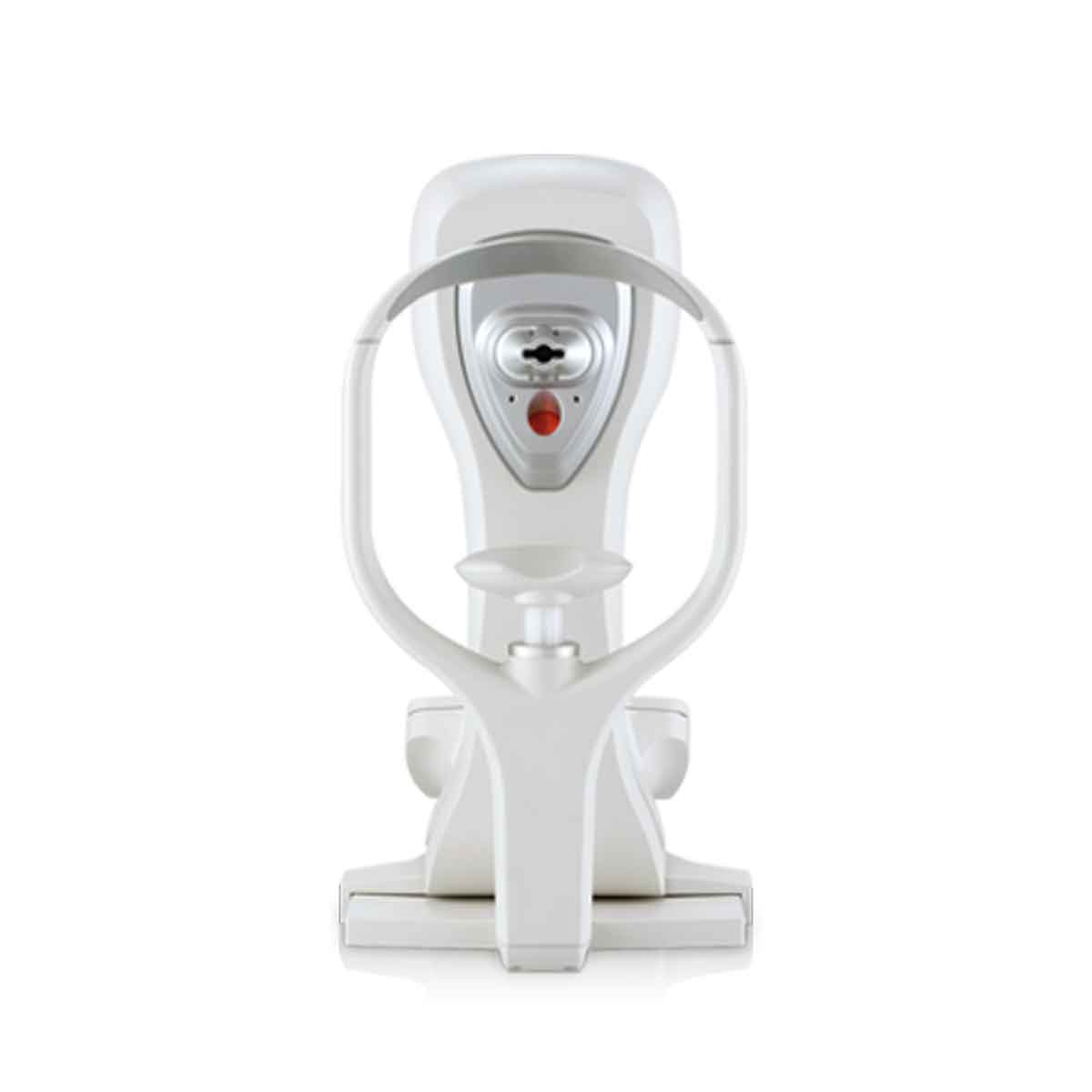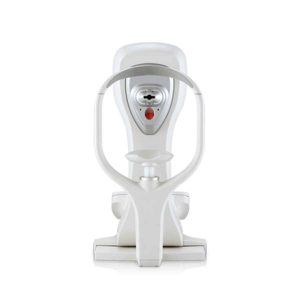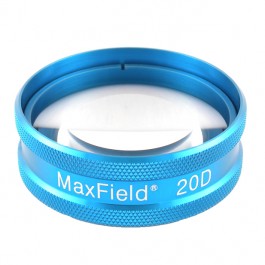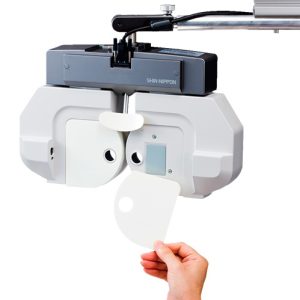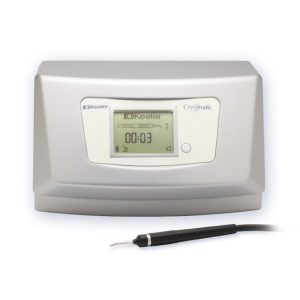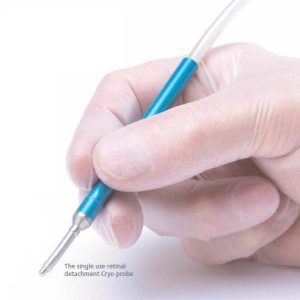NEW: Tomographic Biomechanical Index (TBI)
Integration of Pentacam® data for a combined tomographic and biomechanical analysis. The best of two worlds: TBI is calculated using an artificial intelligence approach to optimize ectasia detection.
By combining tomographic data from the Pentacam® with biomechanical data from the Corvis® ST one can further improve sensitivity and specificity in the detection of patients with a significant risk for developing ectasia after refractive surgery. The outcome of this analysis is supplied by the Tomographic Biomechanical Index (TBI). This index together with the comprehensive display helps you to avoid risks and to treat more patients safely.

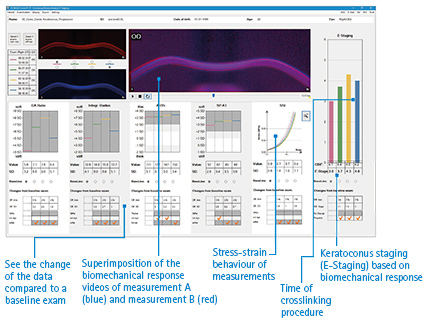
NEW: BEST Display
The new BEST Display (Homburg Biomechanical E-STaging Display) is the ideal solution for monitoring biomechanical changes over time. It enables you to analyze the progression, related to a baseline measurement.
Another important feature is to verify the success of treatment after corneal crosslinking. Whereas topographic changes only occur after several months biomechanical changes can be measured with the Corvis® ST already four weeks after the procedure.
Progression of keratoconus must be detected at a very early stage if a severe loss of vision is to be prevented.
Biomechanical corrected IOP (bIOP)
More accurate IOP readings, less dependent on biomechanical properties and corneal thickness. The data are easy to read and to interpret, also the IOP follow-up is neatly arranged. IOP correction is based on corneal thickness, age and the biomechanical response of the cornea. Due to the measurement principle, the IOP measurements are not influenced by tear film.
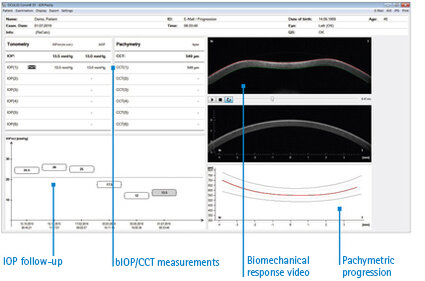
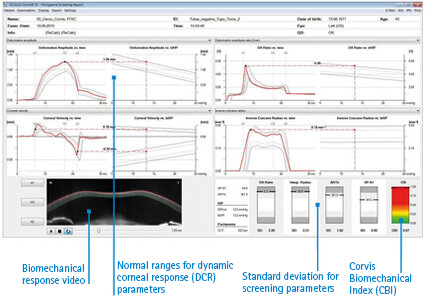
Corvis Biomechanical Index (CBI)
Comprehensive biomechanical screening and keratoconus detection. The Vinciguerra Screening Report displays the patient’s results in comparison with normative values, presented in easy-to-grasp charts.
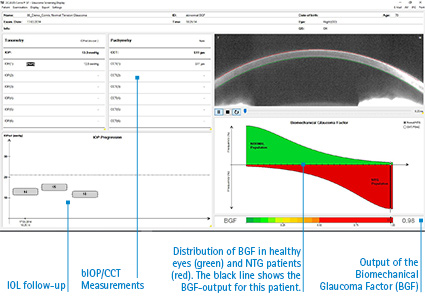
Biomechanical Glaucoma Factor (BGF)
This revolutionary software allows an easy screening for glaucoma based on the biomechanical response. It offers a new approach to detecting normal tension glaucoma (NTG) cases despite normal intraocular pressure.
It recently has been shown that biomechanical properties can serve as an independent risk indicator for NTG. This provided the basis for the development of the Biomechanical Glaucoma Factor (BGF).
The BGF is a very early risk indicator of NTG which will guide you to the best clinical decisions for your patient.

